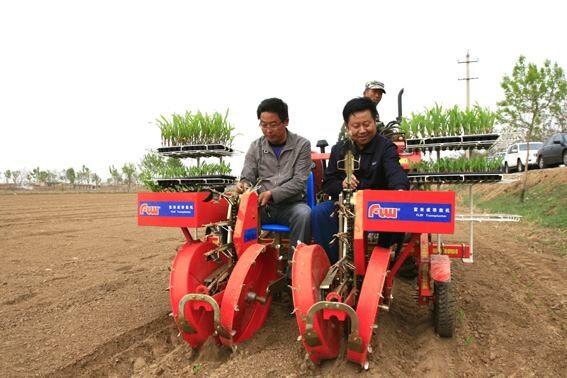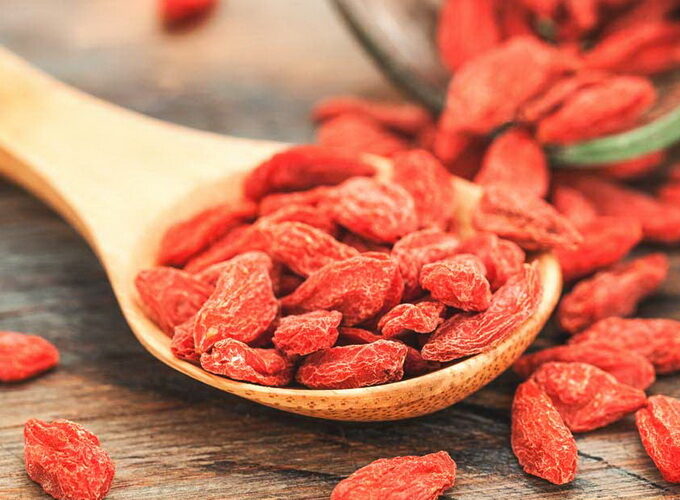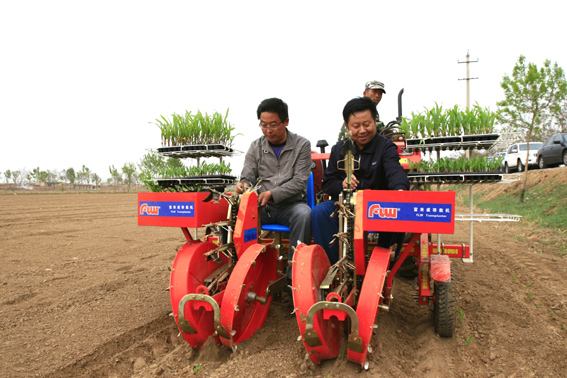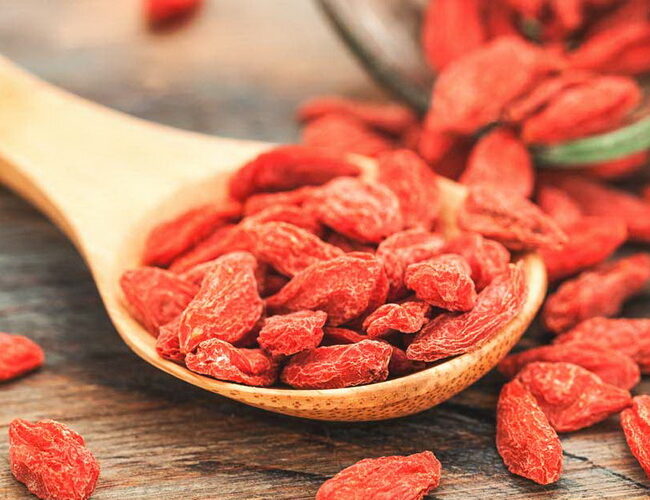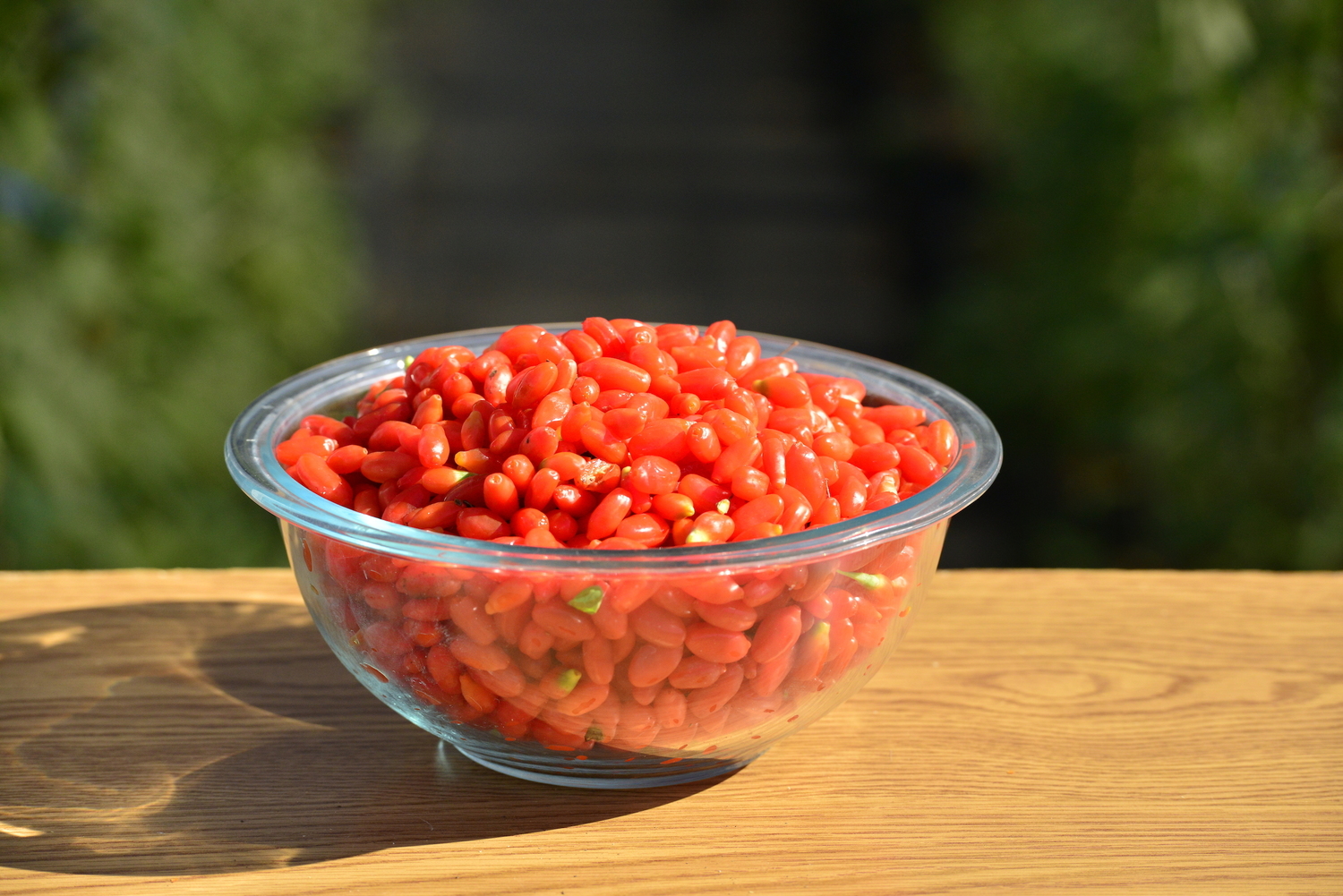
If you have heard of goji berry (or perhaps wolfberry), then you have probably heard the claims that the Chinese native is a “super food” While some purveyors are less than honest, studies throughout the United States and China confirm the health benefits of the little berry.
For growers, the increasing popularity of the goji berry provides the opportunity to enter market that has expanded over and above ethnic specialty and into the realm of health food. Unlike numerous fruits, which develop best from cuttings, the exotic goji seeds can be stored for future use with little risk of surprises in the area. As researchers commence modifying the seed, or creating hybrid cars from the seven varieties of Chinese goji, this might change. According to USDA data, only 4 varieties of Chinese wolfberry presently grow in America.
Varieties and simple information
Lycium barbarum Linnaeus (Ningxia gou qi) is easily the most widely propagated type of goji in The far east. Practitioners of chinese medicine consider Lycium barbarum, which develops in the Ningxia province, more advanced than other goji and also rely solely with this species. The shrubbery grow from 0.8 to 2 yards tall and have thorny, balding branches. Berry colour and seed manufacturing differ between the two varieties of Lycium barbarum.
Lycium barbarum var. auranticarpum (huang guo gou qi) produces orange-yellow berry from 4 to eight mm in diameter, with every berry containing in between four and ten seeds. Lycium barbarum var. barbarum (Ningxia gou qi), and its subvarieties Lycium halimifolium Miller; L. lanceolatum Veillard; L. turbinatum Veillard and L. vulgare Dunal, generate red berries ranging from 6 to 10 mm across. Each berry contains more than 15 seed. This variety grows on slopes, around fields and properties or by ditches. It’s widely cultivated regarding medicine throughout The far east, especially in Ningxia and Tianjin Shi and it has been cultivated as well as naturalized in Asia as well as in Europe.
Lycium chinense (gou qi). The particular varieties of Lycium chinense differ significantly in appearance and expand wild on ski slopes, wastelands, saline places and in areas throughout China and other parts of Asia. Shrubs could be erect or sprawling and range from 0.5 to 1 or perhaps 2 meters high. The leaf blades may be short and fat or long as well as spear-like, while the red berries may be ovoid or square, ranging from 0.7 to 1.5 centimeters by 5 to eight mm. Cultivated Lycium chinense bears bigger fruits. Lycium chinense berries include numerous yellow seeds.
The many subvarieties of Lycium chinense var. chinense are usually cultivated in China as a medicinal place or vegetable. Folks use the fruits as a tonic, and the main bark for reducing cough and decreasing fever. They eat the young leaves being a vegetable and use the seed oil like a lubricant and for cooking. The Chinese also develop this species to manage erosion.
Lycium chinense var. potaninii (Pojarkova bei fang gou qi) has thin leaves and oblong berries which range in size from 2 to 2.5 millimeter by 1 centimeters. This variety will be occasionally cultivated, and also grows wild about sunny slopes and in ditches.
Health and marketing
A report by doctors in the University of Hong Kong says that although Lycium barbarum has been utilized for centuries to nurture the liver (therefore improving eyesight) minimizing the signs of aging, the beneficial effects to the body require further examine with modern technology in order to unravel its restorative effects at the biochemical stage. The valuable components of L. barbarum are not limited to the colored components that contains zeaxanthin and carotene, but consist of polysaccharides and various vitamins.
Outcomes of a recently printed study conducted with Ningbo University School of Medicine within Ningbo, China, suggest that Lycium barbarum might be an anti-cancer agent. On the Strang Cancer Prevention Middle in New York City, scientists discovered that it suppresses growth of estrogen receptor-positive human being breast cancer cells. A study at Fu Jen University, inside Taipei, confirmed that the fresh fruit of Lycium barbarum Linnaeus contains carotenoids, flavonoids and also polysaccharides that may prevent persistent diseases, such as age-related macular degeneration.
Researchers at the Lab of Neurodegenerative Diseases on the University of Hong Kong lately demonstrated the neuroprotective outcomes of Lycium barbarum. “We have accumulated scientific evidence for its anti-aging outcomes that should be highlighted for modern preventive medicine,” writes R.C. Adjust. “We hope that brand new findings for D. barbarum will pave a new avenue for the usage of Chinese medicine in contemporary evidence-based medicine.”
Finally, a great analysis of the leaves of cultivated Lycium barbarum L. carried out at the Chinese Academy of Sciences in Wuhan, China, identified the predominance from the flavonoid rutin in goji results in. Both wild and also cultivated goji fruit contain about 6 % of the rutin content in the leaves. Researchers figured that cultivated Lycium barbarumleaves are a ideal source for medication and functional teas.
Chris Kilham (aka. The Medicine Hunter of Fox News fame) been to the Ningxia province in 2009 to investigate goji. This kind of part of China along the southern border of Mongolia is the primary developing and processing position for goji in the world. Kilham, a good ethnobotanist and professor on the University of Ma, has also studied exotic goji. He says that unlike some claims, exotic goji is not a cure-all. “What it is, is a very healthy berry that’s super rich in antioxidants, specifically zeaxanthin, which is very good for that eyes”
Growing
Lycium barbarum shrubs are prolific, but the berries are delicate and require care when picking. Kilham observed that Ningxia?¡¥s producers harvest the goji crop entirely manually.
Instructions for expanding goji from seed are available at www.gojitrees.com/apps/links/. Goji trees can be obtained atwww.gojitrees.com, and via Henry Fields directory, SaskGoji, as well as through specific agreement with Wolfberry Agrodevco. Wolfberry Agrodevco is now marketing production deals for orchard development. Terry Switenky, owner of Wolfberry Agrodevco, intends to develop new and existing kinds of wolfberry for use in production regarding food and beverage products.
“We have been building wolfberry in Saskatchewan since Before 2000 through a process of assortment on varieties that people initially acquired via import,”Switenky says. Following disposing of approximately 100,000 plants and varieties due to inadequate or inappropriate development, Switenky reports that Agrodevco’s “Sask wolfberry,” provides extreme cold and heat patience and high yield.
Holly Fields sells plants in pots goji plants with regard to transplant into career fields. Their 2010 products are open-pollinated from a mommy plant with an unknown origin. The company was unable to provide the cultivar name.
Switenky cautions growers to be careful when purchasing exotic goji trees or seed from online sources. Some varieties are suitable as ornamental plants only. Other kinds can take years to make fruit. Switenky has also discovered some organic certifications to be bogus. Nevertheless, one can verify a healthy certificate number with the USDA.
Switenky believes goji is a prime diversification crop for maqui berry farmers interested in new shifts and markets. “We tend to be selecting several thousand massive areas over North America in order to fill a market simply serviced through import at this time,”he explains. Growers capable of A single,000-tree lots or larger may apply to be part of Wolfberry Agrodevco’s project. Research is ongoing to establish very early fruiting and maintain acceptable yield. Agrodevco is also conducting seedling research and utilizing cuttings to find high acrylic content. In addition, the business is working to produce a variety of goji which will produce leaves suited to making tea. Switenky expects the tea selection to be available in five to six years.

